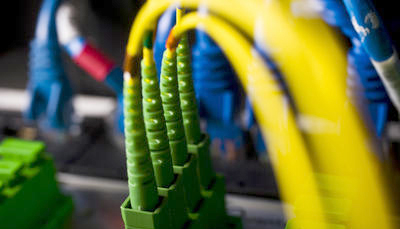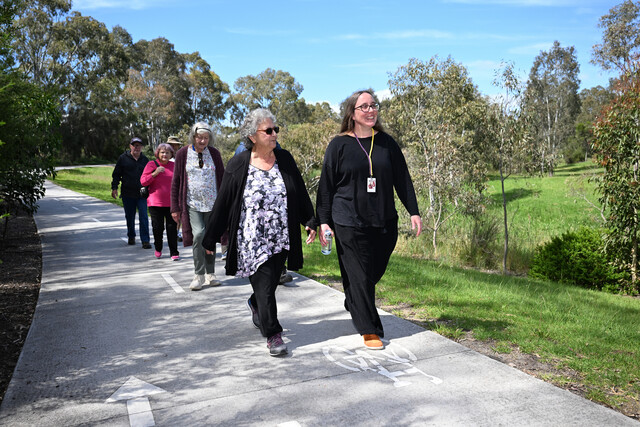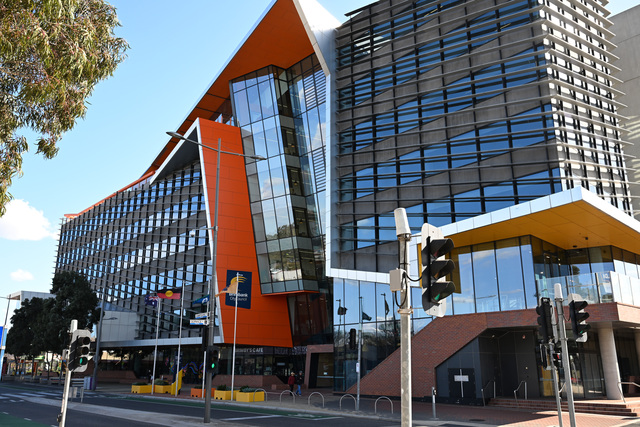About 118,000 homes and businesses that should be connected to the national broadband network can’t use the service because of defective fibre connections.
The government-owned company building the network is set to pay contractors tens of millions extra to fix the problems and resolve a two-year negotiation stalemate.
Figures obtained by Fairfax Media reveal that more than 118,338 premises counted as covered by the NBN as of last week need millions of dollars of repairs.
The underground pipes that connect the buildings to fibre cabling on the street are damaged or missing.
The problems exist at more than one-third of all existing premises passed by the fibre optic network.
Sources close to NBN Co said it would cost more than $100 million to fix the buildings already passed, including up to $40 million in extra fees to contractors.
NBN Co will use an updated corporate plan, due in the middle of this year, to set out a budget and targets to reduce the number of homes which need repairs.
Chief executive Bill Morrow confirmed there was an internal program to fix the problem. He would not comment on how much money would be needed, but said NBN Co, which has a $41 billion budget, would not spend materially more money.
“There’s far too many people rolling trucks out to various areas,” he said. “We’ve had to put our foot down in order to get this done right, where it’s economically efficient and not frustrating to the customer and causes confusion.”
The problem has left fans of the project, such as Tasmanian resident Dean Winter, in broadband limbo and waiting months for a connection. The problems are compounded by the 98,072 further premises that cannot connect because they are in apartment buildings, town houses and office complexes, which require significantly more installation work.
NBN Co’s latest rollout statistics, released Wednesday, show that 363,542 premises are counted as being passed. Only 147,000, or 40 per cent, are able to connect to the internet.
The sources said the problem was partly caused by the initial race under the former Labor government to hit rollout targets. With construction contractors under pressure to hit those goals, many homes were left with an inferior connection.
Wednesday’s statistics show NBN Co surpassed its June 30 rollout targets a month early after the company halved the targets late last year.
“[Communications Minister Malcolm Turnbull] was determined to make sure that this doesn’t happen on his watch, so he has set the bar so low that it is impossible not to jump over it,” said shadow communications minister Jason Clare.
According to estimates produced last year by the company, it costs $1100 to connect each home from the pit on the street to the side of the house; nearly as much as running fibre cabling hundreds of metres down the street.
“On the suburban fringes where you’ve got a 20-metre run from the road to the house, doing those is painfully expensive,” Informa telecommunications analyst Tony Brown said, noting the issue had dogged fibre rollouts globally.
“It’s basically a mini construction site for each home. If you can avoid that last 15 metres, you’ve taken out a huge part of the cost and aggravation.”
He said it would be difficult to redesign areas where the NBN is already being built.
NBN Co has spent the past two years attempting to fix the problem. In August 2012, the company announced a new construction method and said it would renegotiate contracts with construction companies allowing it to more easily connect homes to the network as the fibre is installed.
Renegotiations with most of the tier one contractors are still under way. Mr Morrow said NBN Co was working to force construction companies to do the extra work.
The company plans to offer extra fees to encourage the contractors to do the extra work.
Mr Winter, who has stood as a Labor candidate in local elections, said he moved to the area three months ago after making sure the NBN was available in the area.
When he ordered a connection to the national broadband network from an internet service provider, the contractors who arrived told him they would need to charge NBN Co extra fees because his house was not ready for the final connection.
“My area has supposedly been NBN active for over 18 months now,” he said. “I got an email from the contractor saying the next date they can come for an appointment is in September.”
Mr Winter said he has been forced to spend hundreds of dollars every month on a Telstra mobile broadband connection because it is the only internet service available to him.
Under regulations agreed to as part of Telstra’s $11.2 billion deal with NBN Co, existing copper services are gradually shut down 18 months after an area is deemed to be connected to the NBN. This means users like Mr Winter are not allowed to get a copper-based broadband service.
“It’s incredibly frustrating because I’m unable to do the work that I wanted to do . . . because I like to be productive when I’m at home,” he said.
“This is a serious problem for me and it’s going to affect my lifestyle as I’m forced to spend more time at work.
“This is something I’m living with every day.”“There’s so much that has to change from the way we were doing things to the way that we have to do things going forward,” Mr Morrow said. “We either want a home to be serviceable or under construction, period.”INTERACTIVE
Mr Morrow said the company was also planning to remove confusing ‘service class’ definitions that determine whether and when a home can get a service.
NBN Co updated its online rollout maps on Thursday to include 167,000 existing homes and businesses where Telstra has begun to remediate the underground pits and pipes ahead of NBN Co physically rolling out fibre cabling in those areas.
The map update was aimed at assuaging critics of the company who claimed it was attempting to hide information about the network roll out when it removed forecasts from the online map.







